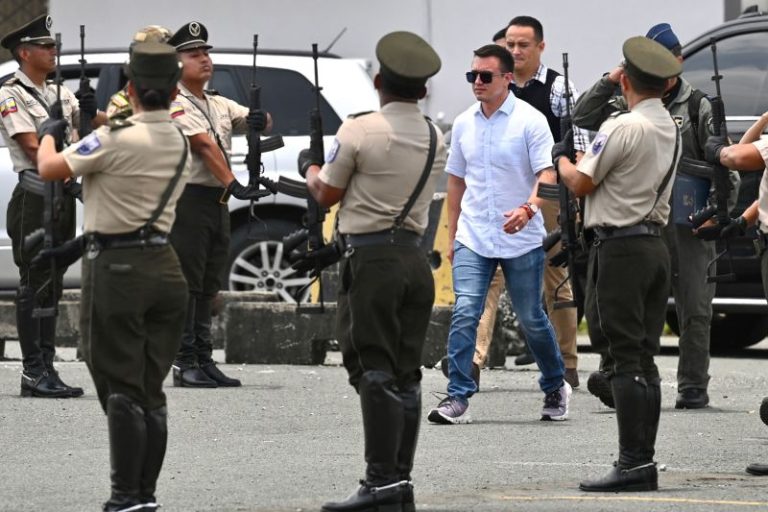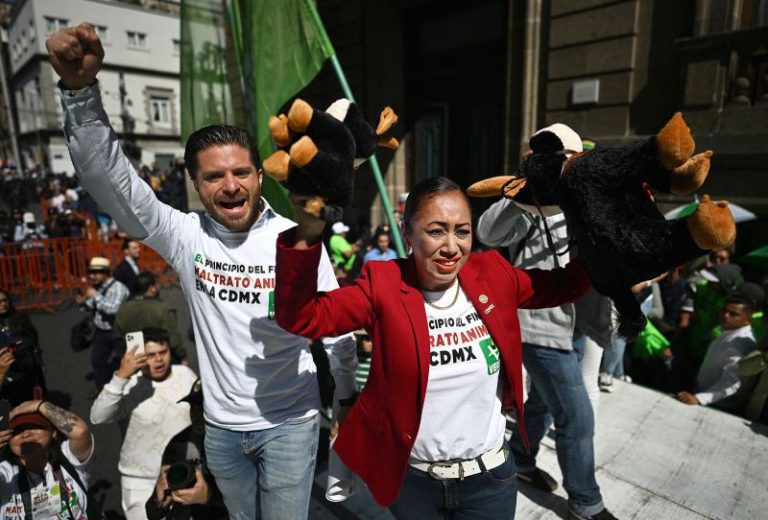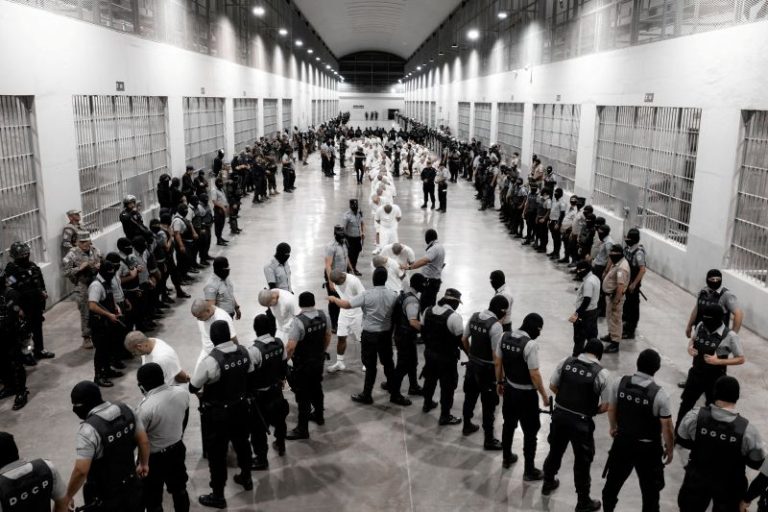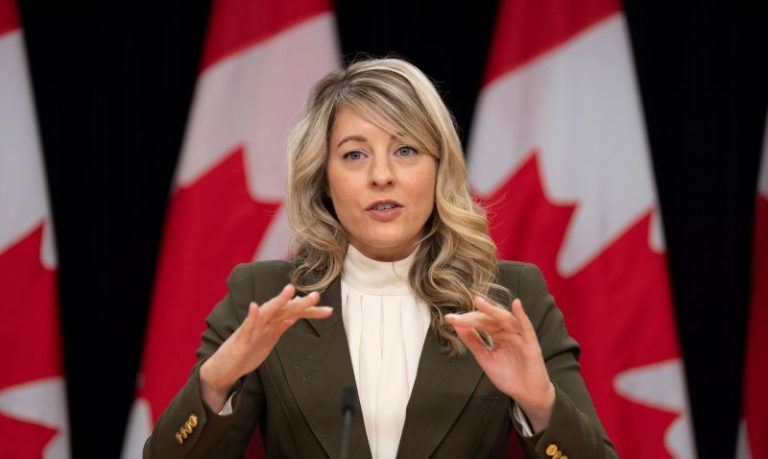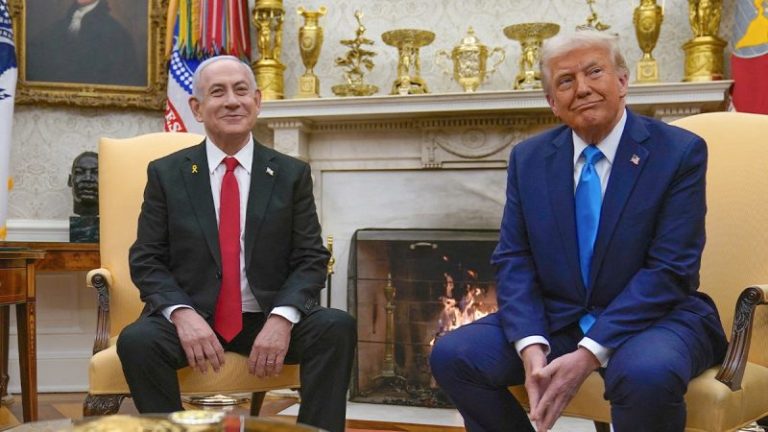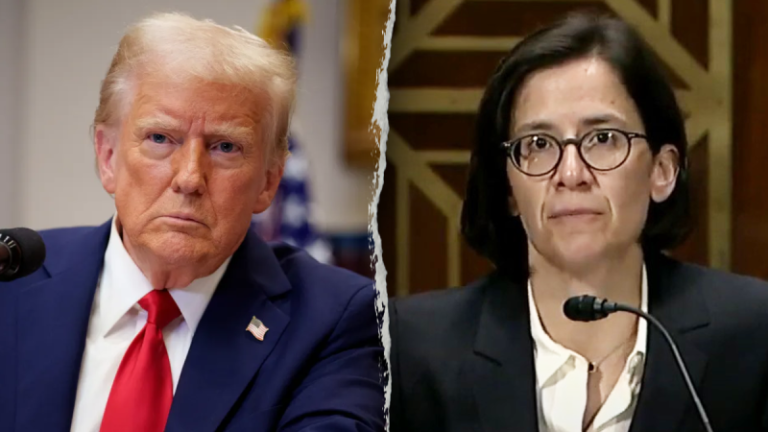In the rural town of Petersham, Massachusetts, 78-year-old Peter George keeps 1,000 fish in his basement.
“Baseball, sex, fish,” he says, listing his life’s great loves. “My single greatest attribute is that I am passionate about things. That sort of defines me.”
All of George’s fish are endangered Rift Lake cichlids: colorful, freshwater fish native to the Great Lakes of East Africa. Inside his 42 tanks, expertly squeezed into a single subterranean room, the fish shimmer under artificial lights, knowing nothing of the expansive waters in which their ancestors once swam, thousands of miles away.
Due to pollution, climate change and overfishing, freshwater fish are thought to be the second most endangered vertebrates in the world. In Lake Victoria, a giant lake shared between Kenya, Uganda and Tanzania, over a quarter of endemic species, including countless cichlids, are either critically endangered or extinct.
But for some species, there is still hope. A community of rare fish enthusiasts collect endangered species of freshwater fish from the lakes and springs of East Africa, Mexico and elsewhere, and preserve them in their personal fish tanks in the hope that they might one day be reintroduced in the wild.
“I’m a hard ass,” George says. “There is hope.”
George has been collecting fish since 1948 when, as a four-year-old in the Bronx, he would look after his grandmother’s rainbow fish. He soon developed “multiple tank syndrome” – a colloquial term used by fish collectors to denote the spiral commonly experienced after acquiring one’s first tank, which involves the sufferer buying many more tanks within a short space of time. He has not stopped collecting since.
Now, George sees himself as a conservationist; his tanks contain what is known as “insurance populations” – populations of endangered fish that are likely to go extinct in their natural habitats. He believes that when the time is right, they can be taken from his collection and returned to their homes. “I would never accept the fact that they couldn’t be reintroduced,” he says.
Other fish collectors aren’t so bullish. “God bless those people that think that we can reintroduce these fish,” says Pam Chin, owner of 2,000 cichlids kept in her custom “fish house,” and founder of “Babes in the Cichlid Hobby,” a group representing the tiny minority of women collectors, “but my past experience with it was not successful.”
Chin was involved in a reintroduction effort for a cichlid species in Lake Malawi in 2019, but she says logistical obstacles have meant that no one has returned to see if the population survived. Soon after reintroducing them into the lake, Chin saw the same fish pop up on the European fish collectors’ market.
“You bring the population back and the collectors just go back in and collect it up,” she says, frustrated. And that’s on top of legal restrictions around reintroduction, she explains, as well as the possibility that the old habitats are now too polluted, taken over by other fish, or destroyed. Many freshwater fish are highly endemic; the entire range of a species is often as small as a football field. When it’s gone, it’s gone. Other reintroductions have had, according to Chin, “questionable” levels of success.
However, along with Babes in the Cichlid Hobby, Chin has raised more than $200,000 for cichlid conservation. “A species in a tank is better than no species at all,” she says. “Because still, in the back of our hearts, we hope someday that they could be reintroduced.”
Michael Köck is at the forefront of reintroducing goodeids, an endangered freshwater fish found in Mexico, and founder of the Goodeid Working Group (GWG), a worldwide collaboration between fish hobbyists and scientists.
Formerly an aquarium curator in Vienna, Köck now lives and works in Mexico, on the frontline of the goodeids’ fight for survival.
Behind big round glasses, he recalls his youth when he would wander the forests of Austria, encountering springs bursting with biodiversity. “I just want to keep part of the paradise that I had when I was a child,” he says.
He believes he is on the way to achieving his goal. Köck, along with Chester Zoo in England and Michoacana University in Mexico, is behind what he says is the world’s only successful reintroduction of goodeids from captive populations – that of the Tequila splitfin, a small, gray fish with a bright orange lining on its tail. In 2021, Köck’s project became the first-ever successful reintroduction in Mexico of a fish classified as extinct in the wild, and the GWG has since been involved in reintroductions of other freshwater fish elsewhere in the country. Köck is in the process of replicating the process with more species.
“We have a recipe for bringing one species back,” Köck says. “We can change the course of the planet. We can turn the wheel around and make it a place where kids can go to swim in a river that’s full of native fish.”
It’s a message echoed by the institutions with whom Köck, and his team of hobbyists, work.
“There are species that would have become extinct if they had not been maintained by dedicated individuals and zoos,” says Becky Goodwin, aquarist at Chester Zoo.
“(But) any individual, whether it is a person at home or an institution, doesn’t have the capacity to hold viable and healthy populations alone. This is why larger collaborations are so important.”
All Köck needs, he says, is for other fish collectors to hold firm, and to collaborate with dedicated institutions when the time is right. “There’s always hope,” he insists.
“At the moment it’s not possible (to reintroduce all the fish), but keep them as long as possible, and in the future there will be a chance.”
With emotion clear in his voice, Michael Tobler, a goodeid collector in St Louis, Missouri, comes closest to explaining why the resolve of the community is so strong. “They’re like a friend,” he says of his fish, “I don’t want them to go.”
And then there are the human connections found in online forums and annual conventions, where animated conversations about fish stretch long into the night. Collectors exchange childhood memories of their grandmothers’ fish tanks, or the time they spent in forests and creeks, where springs were rich with wildlife. And, above all, they discuss their hope for the future – the same hope cultivated by conservationists of every animal, from the mightiest rhino to the smallest, grayest fish: that one day their species will be back in the wild.
“You just have to control what you can control,” says George. “I get satisfaction out of being able to do what I can do rather than focusing on the frustrations of not being able to do pretty much anything else.”
So, when he wakes on another Massachusetts morning, George descends the stairs to his basement and spends the next few hours tending to his fish in their glass tanks – feeding them, purifying their water, ensuring their species never die. And the same daily process is undergone by thousands of collectors around the world – all patiently biding their time.
“It’s really weird to get infatuated with tiny little gray fish, right?” Tobler says. “But luckily some people do.”
This post appeared first on cnn.com

